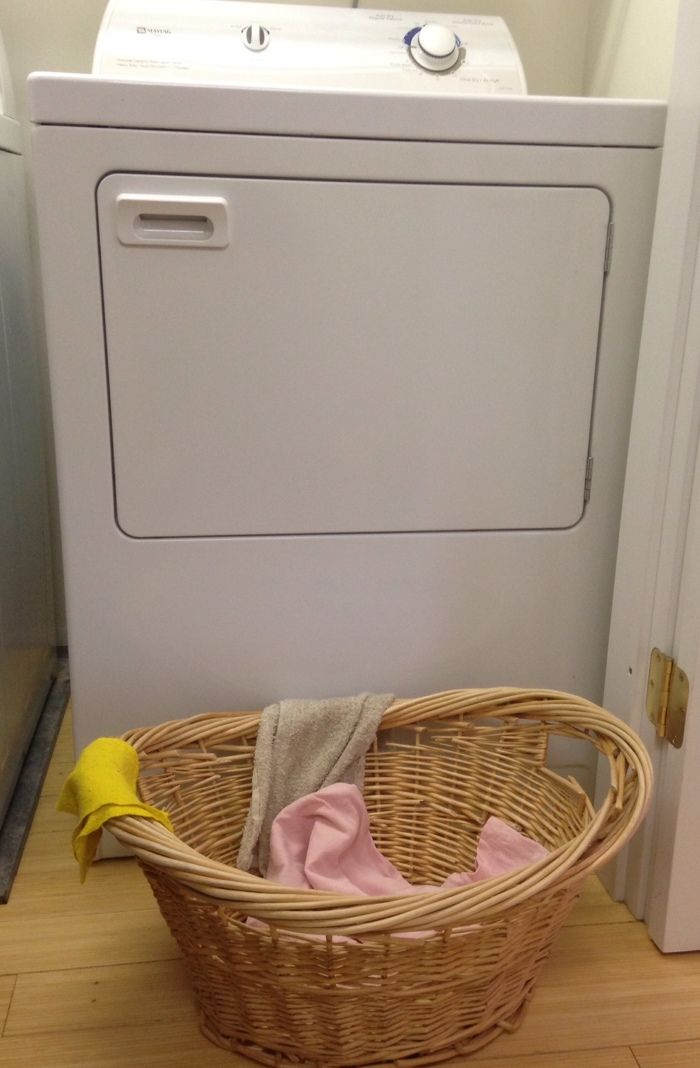
A team of researchers at the Oak Ridge National Laboratory’s Building Technologies Research and Integration Center is working on the design for a new type of clothes dryer that uses high-frequency vibration rather than heat to take moisture out of fabric.
Researchers are confident they’ve proven the concept works, and are under contract with the U.S. Department of Energy to build a full-scale test prototype by August 2016. Work to date has been with very small devices called pizo-ceramic transducers, on the order of 2 in. in diameter. But the potential for energy savings already seems enormous.
Dr. Ayyoub Momen, the lead researcher on the project, said this type of dryer has the potential to reduce total electricity consumption in the U.S. by 1%.
“That’s a huge number for a single technology,” he said by telephone. “This is a game-changing technology.”
Faster drying times, less energy
A small test transducer can dry fabric many times faster than heat. According to Momen, fabric that takes 20 to 30 minutes to dry by heat will dry in 14 seconds with the pizo ceramic devices they’ve been using. Overall, energy consumption would be three times less.
Momen likens the drying process to what happens when someone shakes out a wet towel and dislodges droplets of water. The transducer speeds up the process many, many times (Momen was reluctant to say exactly what the frequency of vibration is). Extracted moisture, an article posted at Clickgreen.org said, would be in the form of an extremely fine mist of cool water droplets just 1 micron in diameter.
Once the device has been scaled up to full size, Momen expects it will be capable of drying 10 lb. of wet clothing in about 20 minutes using three times less energy than a dryer using heat. The process also takes less of a toll on clothing.
In the second year of the project, Momen’s team will see how a number of the transducers work in a conventional dryer drum, but no one is sure what a fully developed appliance would look like. “Honestly, we don’t know what we’re getting with the design of the machine,” he said. It might even be in the form of a flat plate.
Momen said it might be possible to have a dryer using the technology on the market in five years at a price competitive with conventional dryers. GE Appliances is the research group’s industrial partner and is contributing 20% of the development costs. The rest of the money is coming from the Department of Energy.
Read more: http://www.greenbuildingadvisor.com/blogs/dept/green-building-blog/researchers-developing-ultra-efficient-clothes-dryer#ixzz3fWPxxmn1
Follow us: @gbadvisor on Twitter | GreenBuildingAdvisor on Facebook
Fine Homebuilding Recommended Products
Fine Homebuilding receives a commission for items purchased through links on this site, including Amazon Associates and other affiliate advertising programs.

Handy Heat Gun

Affordable IR Camera

Reliable Crimp Connectors

End of the clothes dryer as we know it? Researchers at the Oak Ridge National Laboratory are working on the design for a new kind of clothes dryer and say it should be cost competitive with what's currently on the market.


























